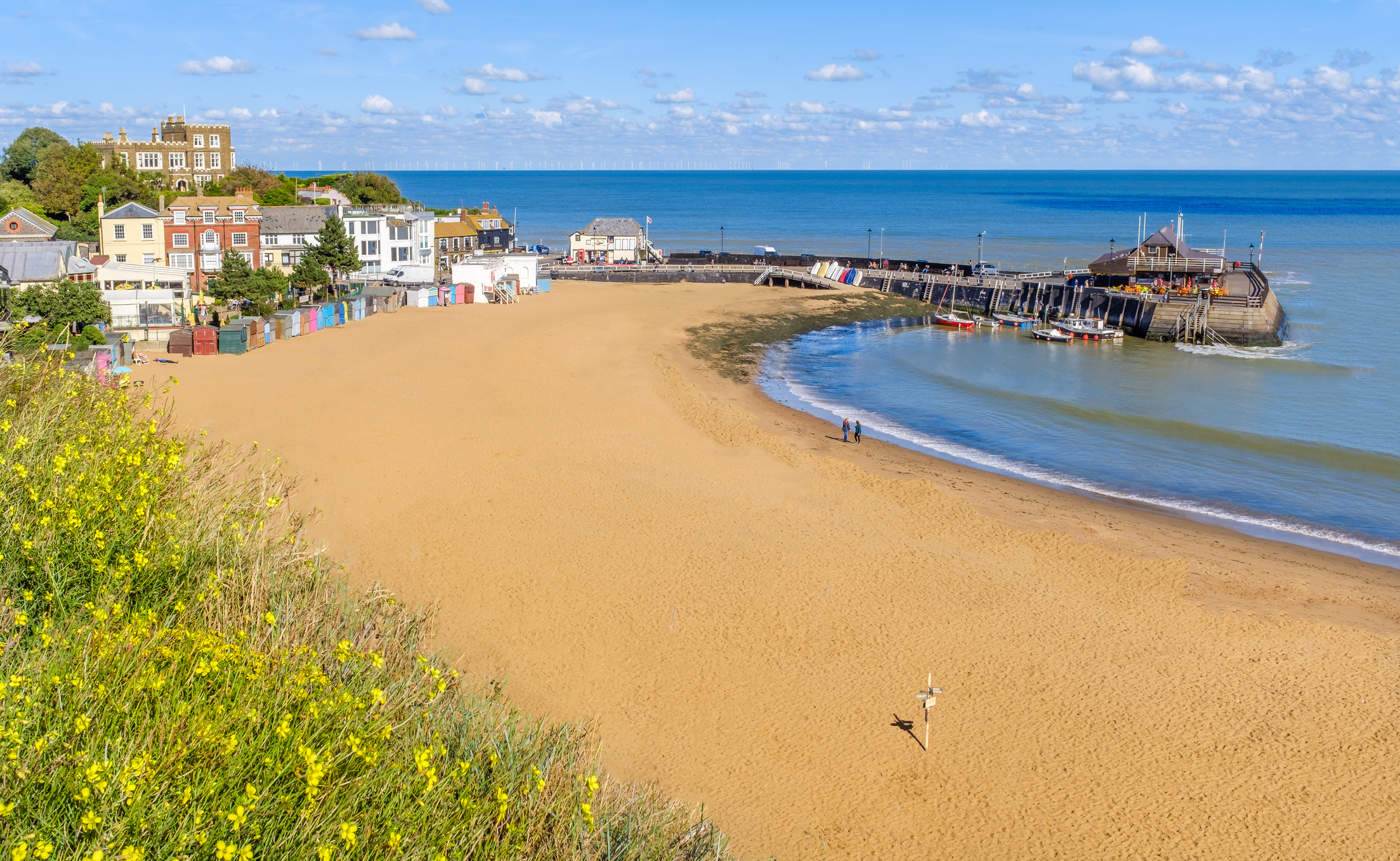
Answering your questions about Southern Water’s role in protecting and improving the quality of our region’s bathing waters
Our Open Water Improvement Lead, Tom Gallagher, tackles some of the biggest concerns from our communities about water quality off our 700-mile coastline in this special Q&A
Our Open Water Improvement Lead, Tom Gallagher, tackles some of the biggest concerns from our communities about water quality off our 700-mile coastline in this special Q&A.
With the summer almost upon us, and temperatures creeping up, many of our customers, local businesses, and welcome visitors will be looking forward to days on the beach across Sussex, Hampshire, Kent and the Isle of Wight.
However, we know that some of them will have heard various claims, reports and stories about the cleanliness of the sea and Southern Water’s role in this – and that may be making them think twice about having a dip.
While some of these concerns are based in fact, others are not – and members of the public are not always presented with the whole picture.
So, I wanted to tackle some of the most common questions and misconceptions in this bathing waters Q&A. I hope it helps!
TRUE OR FALSE:
- Storm overflows pump raw sewage into the sea.
False. When it rains heavily, storm overflows are designed to release heavily diluted surface water, wastewater from people’s homes and businesses and small amounts of sewage to prevent our treatment works from failing and pipes backing up and flooding streets and homes.
We are open and transparent about when and where these releases happen, publishing them in near real-time via our online Beachbuoy service, with clear guidance given on the potential impact on local bathing waters and whether these releases were permitted or unpermitted.
The way the overflow system is designed mean that many of these releases are made some distance out to sea, to limit the impact on local bathing waters – sometimes several kilometres. - Southern Water must take responsibility for its role and take action now.
True. We will never say that bathing water quality has nothing to do with us. We agree with our customers that we need to reduce our use of storm overflows. The system was built to deal with much smaller volumes of waste, wastewater and surface water, and the number of releases is now unacceptable.
Increasing levels of surface and groundwater, linked to the challenges of urbanisation and climate change, now mean the system often gets overwhelmed. But we are working hard to reduce our use of overflows through the rollout of innovative nature-based and engineering solutions to slow the flow of water entering them in the first place. Read more about our £1.5bn Clean Rivers and Seas Plan to tackle them. - Southern Water is to blame for all water quality problems off our coastline.
False. An unpermitted release from one of our wastewater treatment works is one of many different possible contributing factors if a water quality concern is highlighted along our coast. While releases from storm overflows, along with pollutions that happen because of operational failures at our works or pumping stations, have an impact, these events are only a part of the picture.
Other sources of pollution like road, farming and industrial surface water run-off, along with waste from other water and beach users – even seabirds believe it or not – have a big impact too. Meanwhile, private wastewater pipes can also be illegally plumbed into surface water drains, releasing untreated waste into rivers and seas. We call these misconnections and have a specialist team that work with local communities to find and redirect them.
It’s vital that we work with local partners to tackle these issues together. - You spill everywhere along our coast all the time – all our waters are polluted by Southern Water activity.
False. Since privatisation in the late 80s, we have spent billions constructing a string of wastewater treatment works along our coastline, which means that the way the system works in different areas does vary. Different areas face different challenges, largely due to geography, such as low-lying areas or built-up urban areas experiencing more issues with groundwater and surface water flooding.
What this means is that we have some storm overflows that are active more than others – again, these are clearly highlighted on our Beachbuoy service. But it also means that some areas do not have them at all – the most high-profile of these is Brighton.
Brighton has benefited from the construction of a seven-mile super sewer, lying under its chalk cliffs, which transfers waste and storm water to our new Peacehaven treatment works. This is one of the largest and most modern wastewater treatment works in Europe. This massive infrastructure project ensures that the 95 million litres of wastewater on average per day generated from Brighton and the surrounding areas is fully treated.
